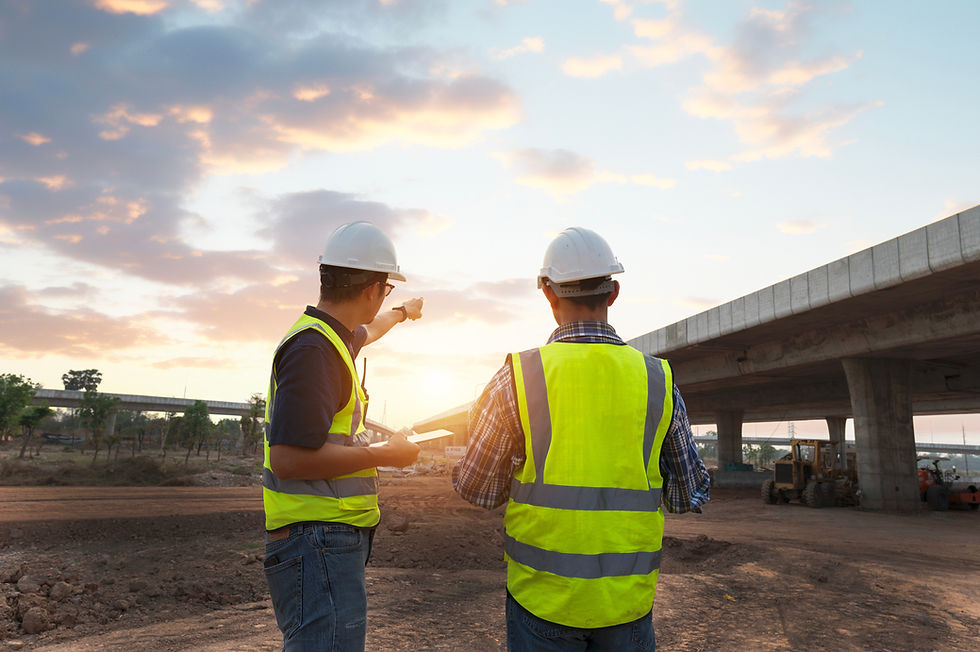Why Safety Assessments Are the Cornerstone of Predictive Risk Management
- Info Email
- Sep 3
- 1 min read
Measure What Matters: Using Safety Assessments to Predict and Prevent

Safety incidents are rarely random. They're usually the result of patterns—missed warning signs, repeated noncompliance, or cultural blind spots that go unnoticed until something goes wrong. That’s why safety assessments aren’t just paperwork—they’re strategic tools.
At Bailee, our safety teams use structured field assessments to track performance against compliance expectations andcultural indicators. We're not just asking, “Is this crew wearing PPE?”—we're asking, “Is this crew thinking about safety?”
Our audit system breaks performance down by topic—fall protection, equipment use, trenching, behavioral observations, and more. We analyze the data to find trends across regions, contractors, or scopes. If one risk keeps surfacing, we don’t wait for an incident—we act.
With this proactive approach, we create predictable safety. That means we can target training, update protocols, and shift leadership behaviors before accidents occur. The result? Safer worksites, stronger teams, and better program outcomes.
In a world of complex job sites and layered risks, safety assessments are your crystal ball. Use them wisely.
About the Author
Byron Small is the Founder and Principal Consultant of Bailee, an integrated risk and safety firm supporting complex capital projects across multiple industries. With over 15 years of leadership in Health & Safety, Byron is a recognized voice in safety culture development, contractor performance, and positive mental health in the workplace.


Comments